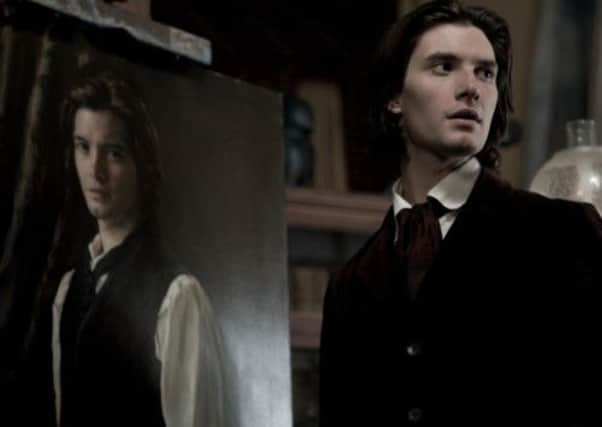Could Dorian Gray microbe be key to eternal life?


The yeast microbe, called S. pombe, is said to be immune to ageing, as it rejuvenates every time it reproduces.
Researchers say the discovery of S. pombe “provides fundamental insights into the mechanism of ageing”.
Advertisement
Hide AdAdvertisement
Hide AdA team from the University of Bristol and the Max-Planck Institute of Molecular Cell Biology and Genetics in Germany found the common species of yeast microbe has evolved to stay young.
S. pombe does not age when reproducing under favourable growth conditions – unlike other species. In general, microbes, even those that divide symmetrically, do not split into two identical halves.
Investigations have found there are mechanisms in place to ensure one half receives older, often defective cell material, while the other half is equipped with new fully-functional material.
But ageing is not inevitable for S. pombe, with research showing the yeast reproduces by splitting into two halves that both inherit their “fair share” of old cell material.
Iva Tolic, lead investigator in the project, said: “As both cells only get half of the damaged material, they are both younger than before.”
This means S. pombe – unlike other species – is rejuvenated each time it reproduces and can escape ageing as long as it keeps dividing fast enough.
Further tests found the unusual feature only occurred when S. pombe was in favourable conditions.
Researchers exposed the yeast to heat, ultraviolet radiation and damaging chemicals, which caused the speed of growth to slow down. Growth eventually slowed to the point where it was not fast enough for the yeast to remain young – with the microbe splitting into a younger and older half as in other cells.
Advertisement
Hide AdAdvertisement
Hide AdHowever, when the older cells died, their offspring survived long enough to reproduce, even in the harsh environments.
Dr Thilo Gross, from the University of Bristol’s department of engineering mathematics, said: “The cells manage this switch by cleverly exploiting the laws of physics.
“That microbes age is in itself surprising and it is amazing to see that even such simple organisms have evolved very powerful strategies to survive.”
The researchers say S. pombe is an interesting organism that could potentially serve as a model of certain non-ageing types of cells in humans.
The research is published in Current Biology.